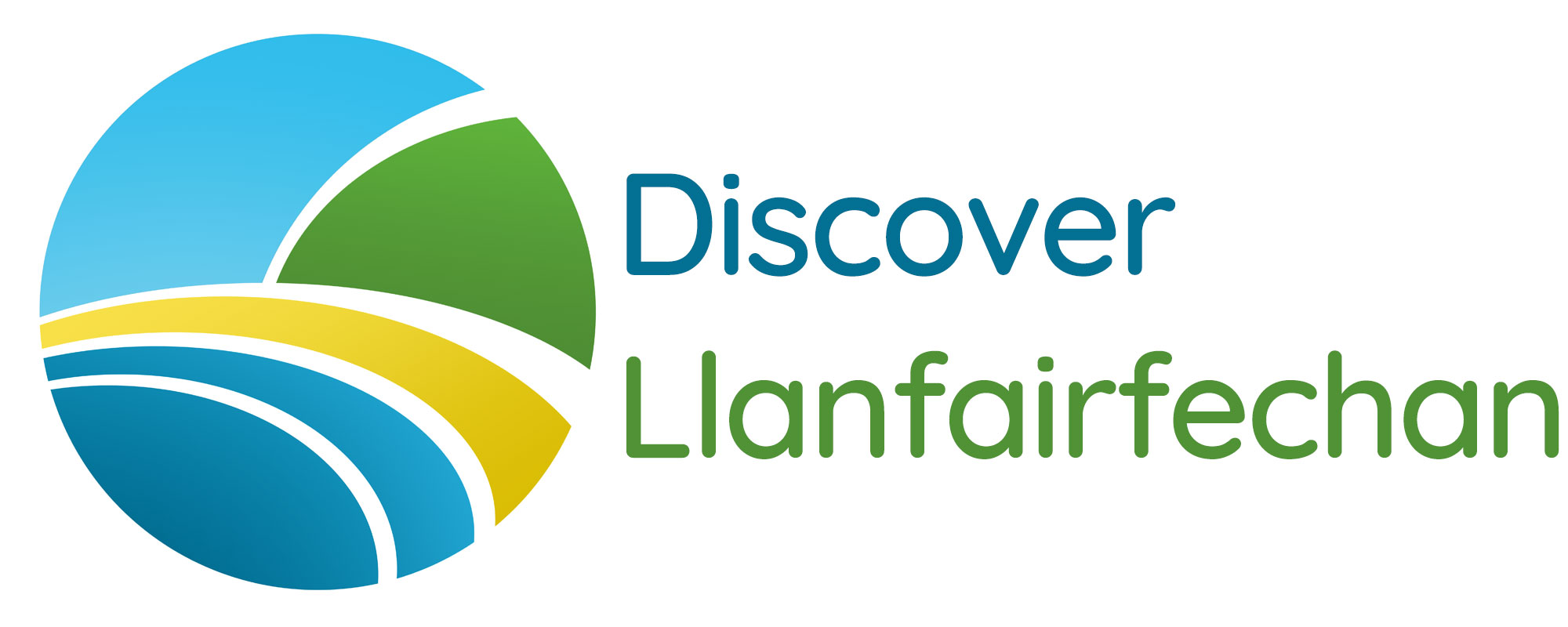

Approximately 1800-550 BC
Llanfairfechan has a history of settlements dating back to the Bronze age, with cists containing clacined bones and pottery found near Ty’n Llwyfan farm in 1885. Cairns are also evident along the Carneddau heading towards Dwygyfylchi.
Approximately 600BC - 100AD
Further evidence of iron age settlements can be found below Garreg Fawr and Foel Lwyd in the form of enclosed hut groups and traces of early field systems. Braich y Dinas was a huge iron age hill fort, but was unfortunately, quarried away in the early 1900’s. The smaller Dinas fort still remains.
In 1961 four polished stone axes and several other artefacts were found in this area where the Iron Age axe factories would have once stood.
The roman road, which is still visible, would have carried people from Caerhun (Canovium) to Caernarfon (Segontium). Replica’s of the Roman milestones can be seen near Rhiwiau, the original was found in 1883, with a further milestone found in 1959 on the Madryn Farm estate. Further roman evidence can also be found in Ffridd Camarnaint in the form of an arrow stone, and a stone incised with Nine Man’s Morris.
Click here for more information.
In around 1198 it is believed that the first stone built church was erected on the site of the present St.Mary’s Church. There were known to be 8 ‘gavaelholders’, or providers of resting places in the free township of Llanfairfechan at this time.
Following on from the early gavaelholders in the 1100’s, by the 15th century, there were landed families putting down roots in the town. The Gorddinog family (laterly Roberts) built on the land known today as Plas Farm and became the first major landowners of the parish. The Bulkeley family from Anglesey began their claim on land and buildings in the mid part of this century which lasted for 3 centuries.
Up to this point, Llanfairfechan had been a farming community. The main London to Holyhead post and trading route would have taken you along the Lafan Sands (Traeth Lafan). Huge changes came when the toll road was first built in 1772 along the line of the old A55. England had signed the act of Union with Ireland and feared the French would invade what was and is a Catholic nation, so needed better roads to defend it.
The 1800’s saw a big transition in Llanfairfechan. Previously, most of the Town of Llanfairfechan had been owned by 2 main families, the Roberts family and the Buckley family of Beaumaris. The population in 1800 including all the farms and their staff was 450.
In the mid 1800’s large sections of land were sold to regular visitor to the area Mr Richard Luck North, a retired solicitor from Leicester who purchased the Plas land, and to Mr John Platt, MP of Oldham, known to be the wealthiest textile merchant in the world at that time and who purchased the Bryn Y Neuadd Estate.
With this introduction of wealthy families, the village began to develop. Shops were springing up along the main Station Road and Village Road. In 1845 work began on building a railway line from Chester to Holyhead opening up new trading links and tourism to our seaside town. This was completed in 1860.
Two disasters happened during this century:
In 1868 there was a Cholera outbreak, blamed on the wells, and in 1873 the town had a big river flood, causing widespread damage but luckily no loss of life.
These events caused the forming of a local board in 1874 which became Llanfairfechan Council in 1900. The Board met in the back room of the Post Office, which was then where the recently closed chip shop is opposite the Llanfair Arms. Mr Luck built a new building in the 1880s to be the new Post Office next up from the Spar and in its heyday had dozens of workers from Telegram Boys, Sorters, Postmen and Counter Staff, up to the Postmaster.
Both John Platt and Richard Luck North were instrumental in the development of land, buildings, schools , Arts & Crafts housing estate and piped water supply to the houses during their time. Evidence of their great work and architectural influence can be seen at many points throughout Llanfairfechan. Follow the QR codes for a historical tour of the Town.
Click here for more information.
Content coming soon...
Each month the local historical society hold meetings where talks are given on a variety of historical topics. See the Events page for details.
Sources:
Llanfarfechan in Pictures - Lloyd Hughes
No Landing Place - Edward Doylerush